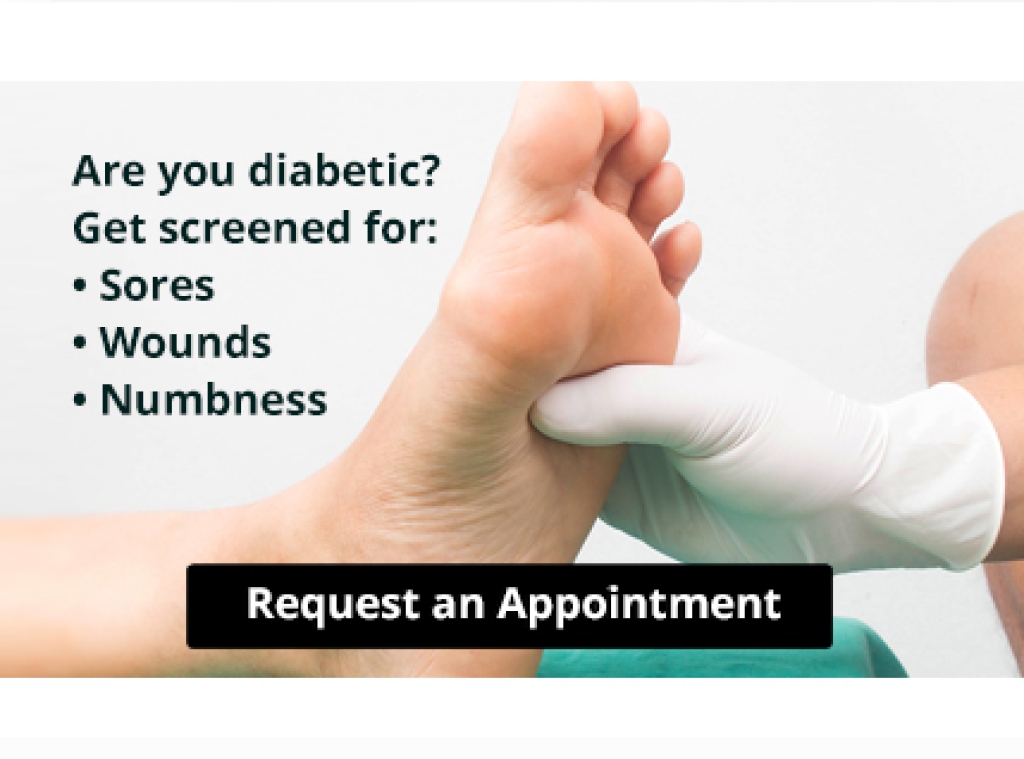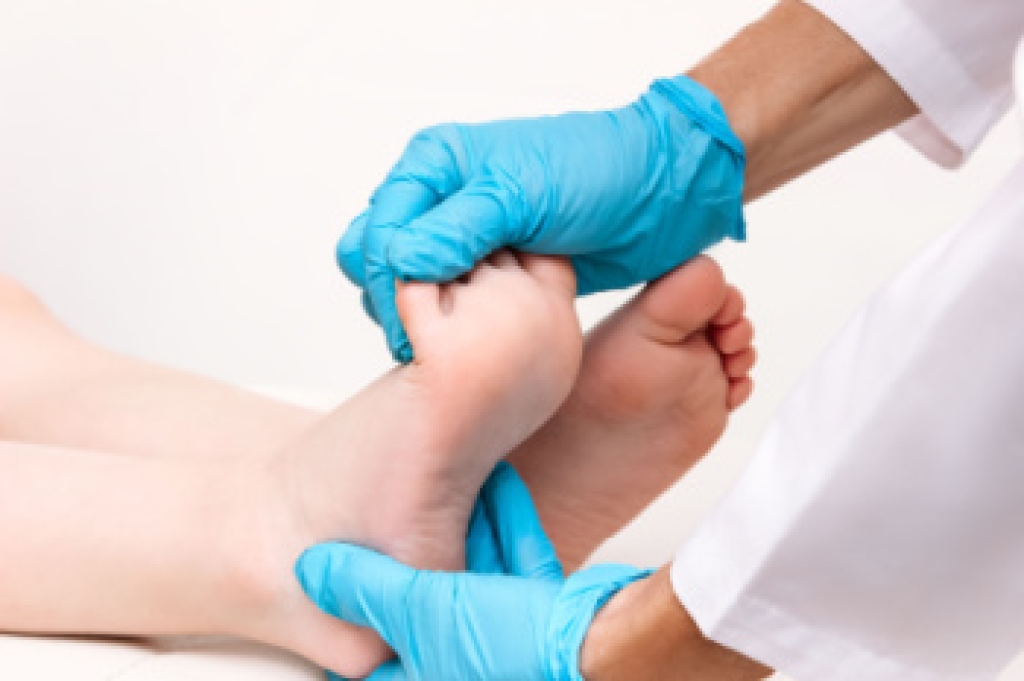
School age athletes are no strangers to ankle injuries, and research shows that these are among the most common problems young players face on the court and field. Sports that involve quick pivots, frequent jumping, and constant direction changes, like basketball and football, tend to put the most strain on the ankles. Girls’ and boys’ basketball, in particular, see high rates of sprains, as do football programs where contact and sudden stops are routine. The study also found that competition brings a higher chance of ankle injury compared to practice, since games often involve faster play, more aggressive movements, and greater pressure to perform. These patterns highlight how vulnerable the ankle joint can be in growing athletes, especially when the ligaments are repeatedly stressed. A podiatrist can evaluate ankle injuries, provide treatment to promote healing, and recommend ways to help protect young athletes from future sprains or instability. If your child athlete sustains an ankle injury, it is suggested that you schedule an appointment with a podiatrist for expert advice and appropriate treatment.
Ankle and foot injuries are common among athletes and in many sports. They can be caused by several problems and may be potentially serious. If you are feeling pain or think you were injured in a sporting event or when exercising, consult with one of our podiatrists from New Jersey. our doctors will assess your condition and provide you with quality foot and ankle treatment.
Common Injuries
The most common injuries that occur in sporting activities include:
- Achilles Tendonitis
- Achilles Tendon Rupture
- Ankle Sprains
- Broken Foot
- Plantar Fasciitis
- Stress Fractures
- Turf Toe
Symptoms
Symptoms vary depending upon the injury and in some cases, there may be no symptoms at all. However, in most cases, some form of symptom is experienced. Pain, aching, burning, bruising, tenderness, tightness or stiffness, sensation loss, difficulty moving, and swelling are the most common symptoms.
Treatment
Just as symptoms vary depending upon the injury, so do treatment options. A common treatment method is known as the RICE method. This method involves rest, applying ice, compression and elevating the afflicted foot or ankle. If the injury appears to be more serious, surgery might be required, such as arthroscopic or reconstructive surgery. Lastly, rehabilitation or therapy might be needed to gain full functionality in the afflicted area. Any discomfort experienced by an athlete must be evaluated by a licensed, reputable medical professional.
If you have any questions please contact our office located in Neptune City, NJ . We offer the newest diagnostic and treatment technologies for all your foot and ankle needs.




